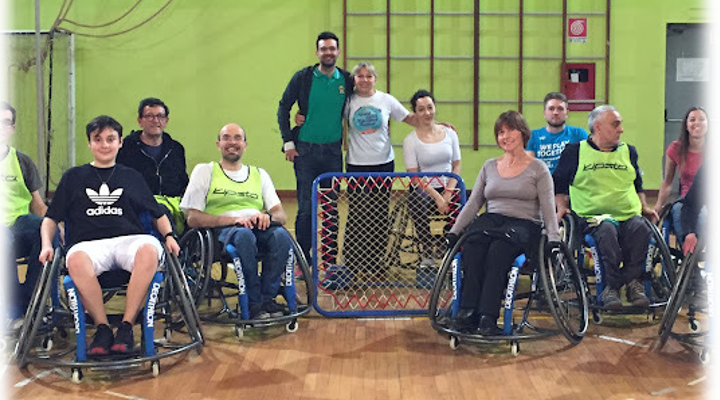
Social inclusion: Is the process of an individual’s self-realisation within a society, acceptance and recognition of one’s potential by social institutions, integration (through study, employment, volunteer work or other forms of participation) in the web of social relations (114).
It refers to using Sport and physical activity as a response to excluding minorities and marginalized groups:
It also applies to groups whose rights are not being respected in many circumstances: Elderly and LGBTQ+
Contribution:
The power of sport
Relatedness with development frameworks
At the individual level, Sport can:
At the societal level: Sport is a tool for building community and social capital.
International endorsement
United Nation’s SDG No. 10:
Reducing inequalities and ensuring no one is left behind. Goal 10.2 seeks, by 2030, to empower and promote the social, economic and political inclusion of all.
TAFISA Mission 2030 – Social Inclusion:
In 2030, all migrants, refugees, minorities, levels of ability, gender and sexual orientations are understood, welcome, appreciated and integrated.
Understanding the different social inclusion challenges
Type of participation
1. Through direct participation: Sport can bring people together, expand and strengthen social ties, link people to resources and provide them with a sense of belonging. Sport can also reduce the social stigma experienced by marginalized groups, such as persons with disabilities, people with HIV and AIDS, and former child combatants.
2. Through indirect participation: Sport can play a valuable role as a communication, education and social mobilization vehicle. At the community level, popular Sport events offer local platforms to deliver health information and education. E.g., health promotion, vaccination, and disease prevention and control efforts.
Ideas for programmes and activities
Adapt facilities to the different necessities of minority groups
Other tips
Sport is your gang
(International Federation of Muaythai Amateur – FMA)
More information:
Case study. Click Here